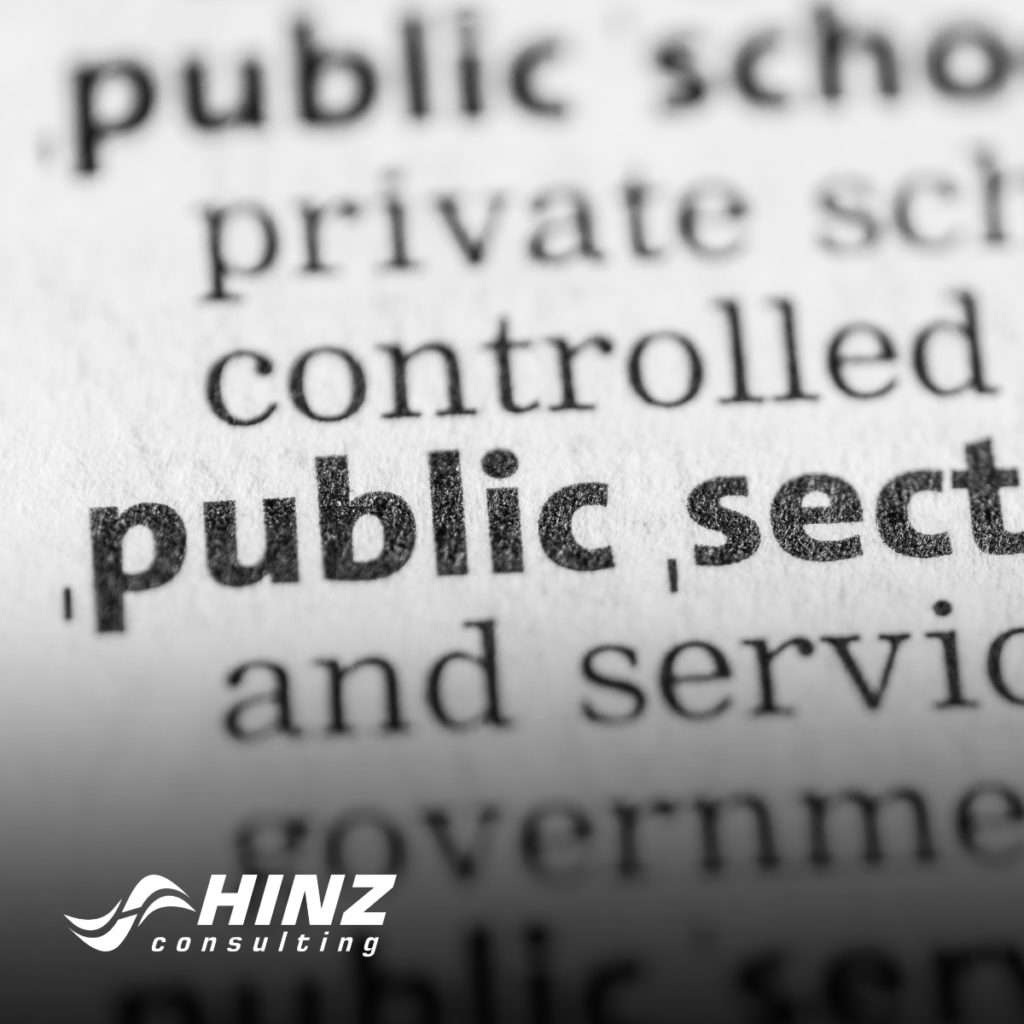“Toppling the Giant” – Beating an Incumbent Without Being the Lowest Price

In public sector procurements, conventional wisdom says the only way to unseat an incumbent provider is to have a lower evaluated price. New entrants typically anchor on “better, faster, cheaper” approach in their win themes. So how does someone topple an incumbent when being the lowest evaluated price is not feasible? It requires a very nuanced approach to strategic […]
“Protecting Your Turf” – Strategic Pricing as an Incumbent

One of the questions I am often asked when working with clients as an incumbent – “is there a way to improve pWin beyond lowering our price”? The answer is an emphatic yes. When recompeting for opportunities as an incumbent, strategic pricing takes on additional layers of complexity and importance. The incumbent status provides both […]
What Has a Bigger Impact on pWin – Customer Relationship or Strategic Pricing?

Having spent a number of years assisting companies with their port-mortem (or “win-loss”) reviews, one of most discussed topics is the relative importance of strategic pricing to the overall impact of the opportunity. While traditional complex sales training materials often insist that the customer relationship is the critical win-loss indicator, many companies believe that strategic […]
Integrating a Strategic Pricing Practice into Your Existing Capture Process

As companies begin to mature their capture processes, one question we often get asked is how they bring strategic pricing into the fold. Integrating a strategic pricing practice into an existing capture process is a multifaceted endeavor that involves aligning financial considerations with the overarching goals of winning government contracts. A well-integrated strategic pricing approach not only helps competitiveness and […]
How Strategic Pricing Can Improve Cost-to-Serve for Public Sector Service Providers

Strategic pricing is a paramount consideration for service providers operating in the public sector, influencing their ability to provide effective services within the constraints of government budgets and regulatory frameworks. The impact of strategic pricing on improving the cost-to-serve for these service providers is multifaceted, encompassing elements of financial sustainability, transparency, innovation, and competition. At its core, strategic pricing […]
Improving pWin by Integrating Strategic Pricing and Competitive Intelligence

In the fiercely competitive business landscape, the intersection of strategic pricing and competitive intelligence becomes a dynamic force that can enhances a company’s win probability(pWin). The ability to set prices strategically, coupled with a deep understanding of competitors’ actions and market dynamics, empowers companies to make informed decisions that not only enhance their value proposition to customers, but also outmaneuver competitors. Here’s […]
Utilizing Generative AI For Pricing

Using generative AI to assist companies with their pricing strategies offers a transformative approach to optimizing revenue and profitability. This technology leverages advanced algorithms and machine learning models to generate pricing recommendations and insights based on vast datasets and market dynamics. Generative AI can analyze customer behavior, competitor pricing, demand trends, and various other factors, […]
